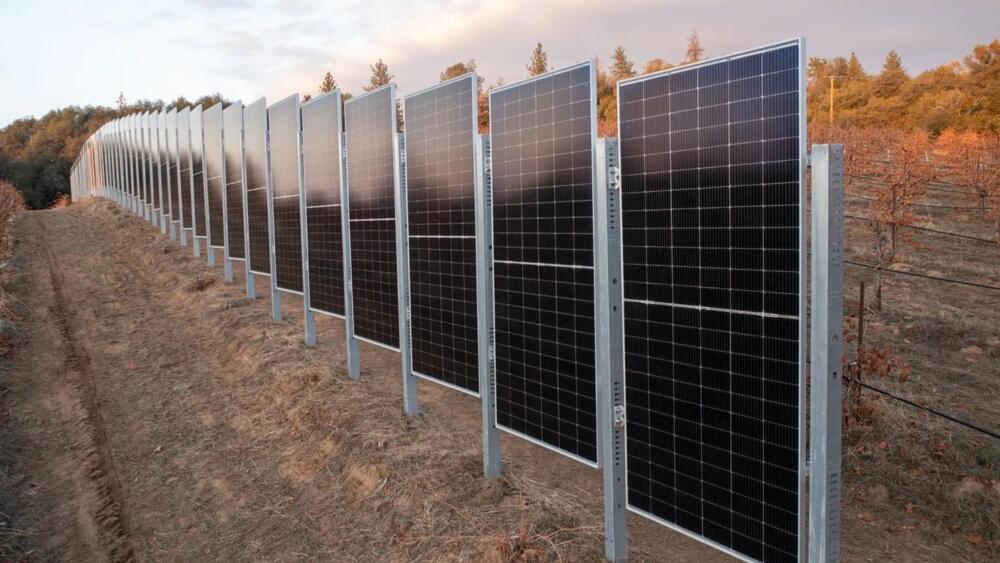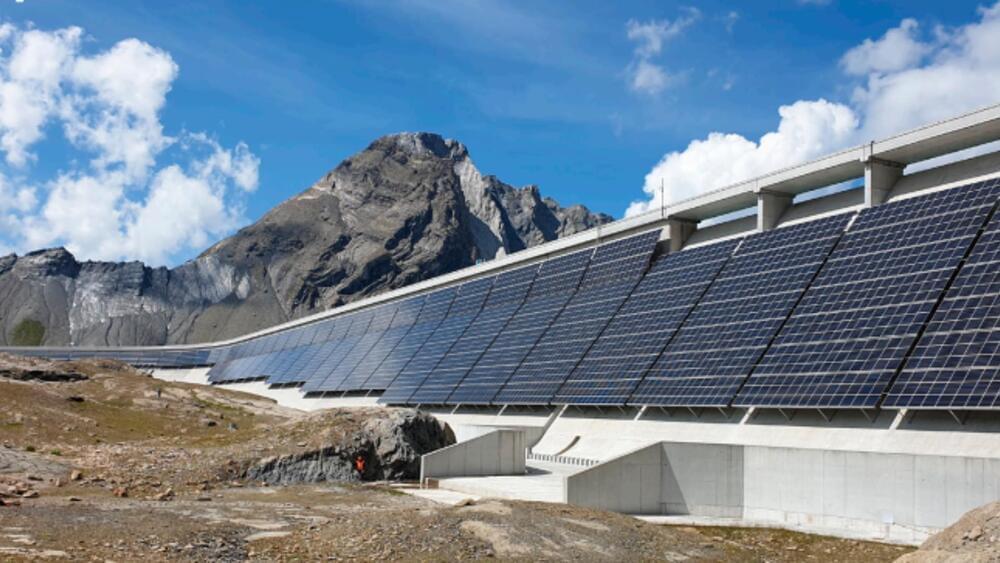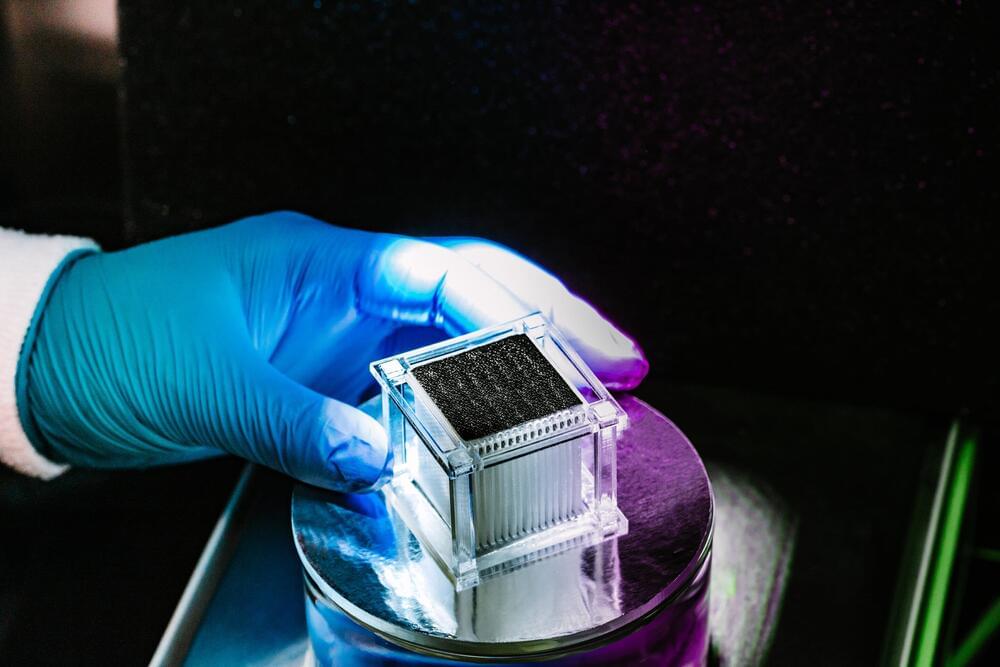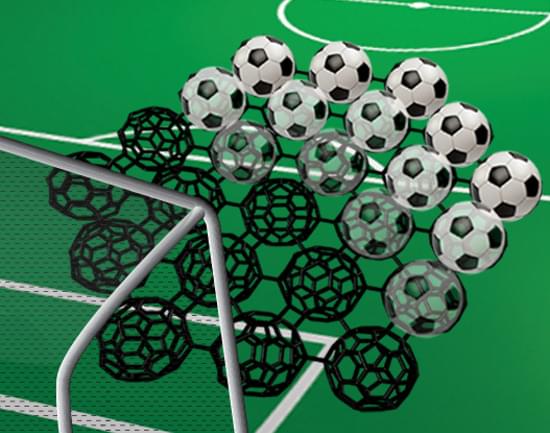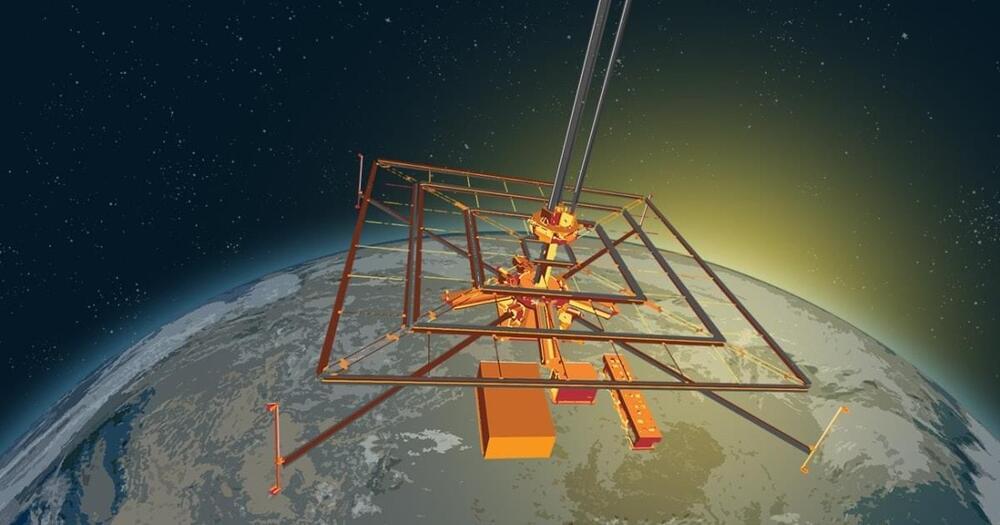Feb 14, 2023
Blue Origin made solar cells
Posted by Daniel Sunday in categories: chemistry, solar power, space travel, sustainability
Whether or not Blue Origin puts a lander on the Moon, it might play a key role in sustaining lunar operations. Jeff Bezos’ spaceflight company has revealed that it can produce solar cells and transmission wire using simulated Moon regolith. The firm’s Blue Alchemist technique uses molten electrolysis to separate the lunar soil’s aluminum, iron and silicon from bound oxygen to extract key materials. The process can build solar cells, cover glass and aluminum wire using only sunlight and the reactor’s silicon.
This approach would not only save explorers the trouble of importing material, but would be kinder to both the Moon and Earth. There are no carbon-based emissions, no chemicals and no need for water. The resulting solar cells can operate on the Moon for over a decade despite a “harsh” environment, Blue Origin claims.
As Ars Technica explains, Blue Origin is pitching this as a solution for NASA’s Artemis program and missions to Mars. The space agency could establish bases or other long-term installations while minimizing the environmental impact. While the concept of using regolith to build outposts isn’t new, earlier efforts have largely focused on habitats rather than the power supplying those off-world facilities.

